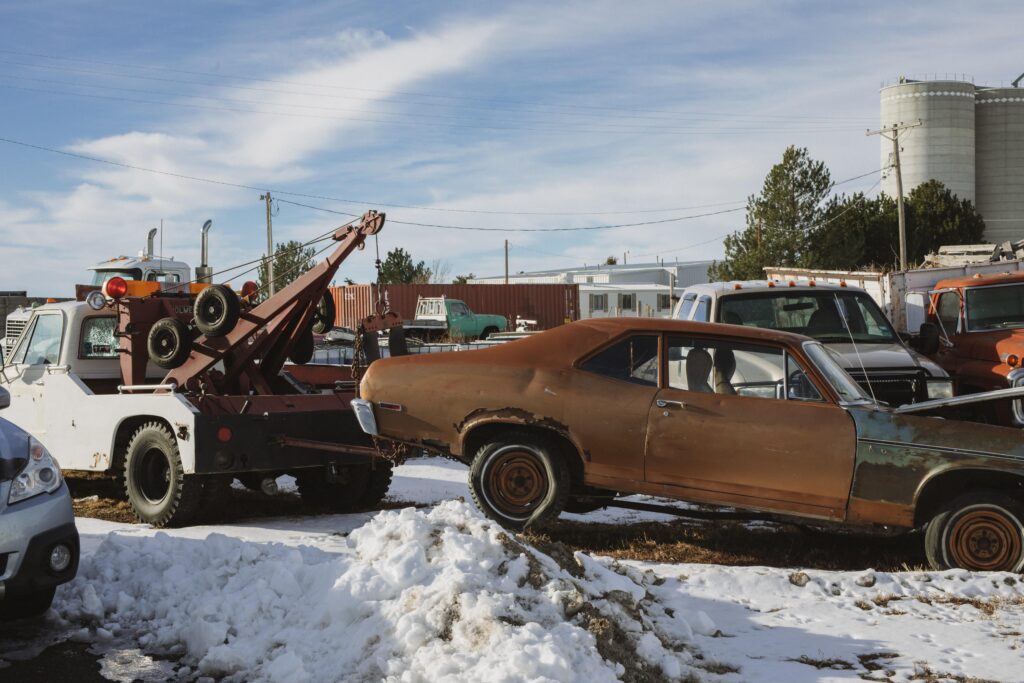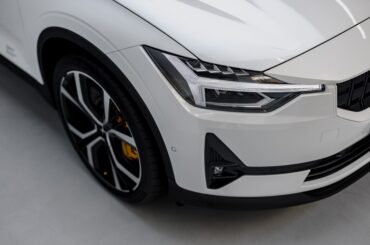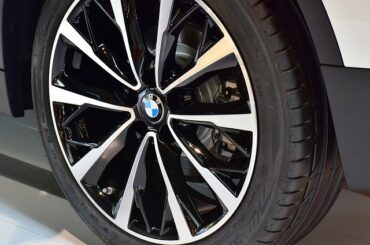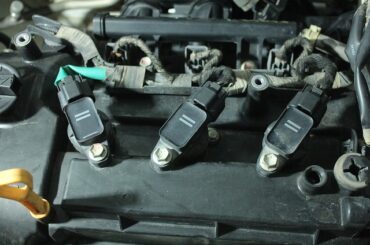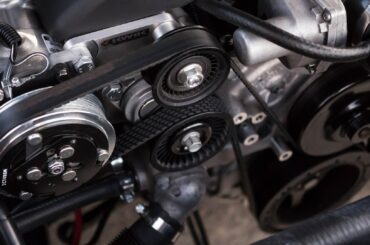Towing plays a critical role in the world of vehicle transportation, providing a lifeline when cars break down, accidents occur, or vehicles need to be relocated. It involves the process of pulling one vehicle behind another using specialized equipment. However, not all towing methods are created equal, and understanding the different types is essential for ensuring the safety and security of your vehicle during transportation.
In this article, we will explore the various types of towing methods available, each with its unique characteristics and applications. We’ll delve into four main points to shed light on the diverse options when it comes to towing vehicles. From the safe and versatile flatbed towing to the efficient wheel-lift towing, and the once popular but now outdated hook and chain towing, we’ll cover everything you need to know to make informed decisions when facing towing situations. Let’s dive in and discover the three types of towing and the advantages they offer in the world of vehicle transportation.
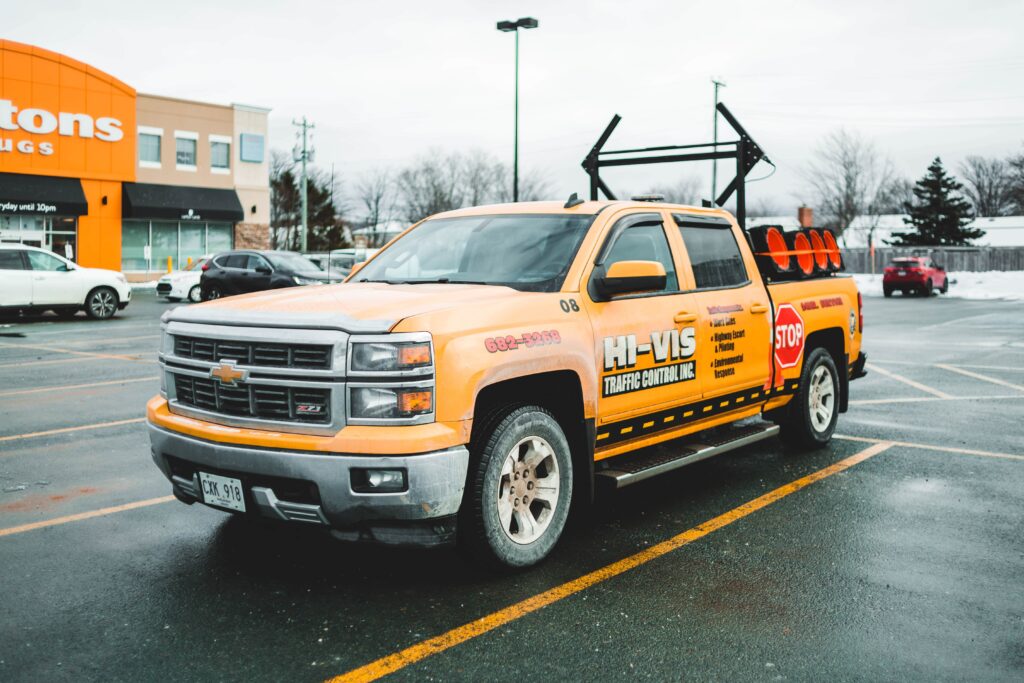
Contents
Flatbed Towing: Safe and Versatile
Flatbed towing is a highly regarded method of transporting vehicles, known for its safety and versatility. In this towing technique, a specialized tow truck or trailer equipped with a flat and level platform, the “flatbed,” is used to carry the entire vehicle. The towed vehicle is loaded onto the flatbed, and it remains securely fixed in place during transportation.
One of the key safety features of flatbed towing is that all four wheels of the towed vehicle are off the ground. This eliminates the risk of wear and tear on the tires during transportation, ensuring that the tires arrive at their destination in the same condition as when they were loaded onto the flatbed. Moreover, since the vehicle’s wheels are not in contact with the road, there is a significantly reduced risk of damage to the drivetrain, suspension, and other crucial components.
The versatility of flatbed towing is another major advantage. It is suitable for a wide range of vehicle types, including sedans, SUVs, sports cars, motorcycles, and even vintage or luxury vehicles. Unlike other towing methods that may be limited by a vehicle’s size or condition, flatbed towing can accommodate various vehicles with ease.
Practical scenarios where flatbed towing excels include:
- Accident Recovery: After a car accident, when a vehicle is severely damaged or inoperable, flatbed towing ensures safe transportation without causing further harm to the damaged parts.
- Long-Distance Hauling: When moving long distances or transporting vehicles to another city or state, flatbed towing offers a secure and gentle method to protect the vehicle during the journey.
- Exotic or High-End Vehicles: For owners of exotic or high-end vehicles who are cautious about potential damage during towing, flatbed towing is the preferred choice as it eliminates any risks associated with traditional towing methods.
- Motorcycle Towing: Motorcycles, being more vulnerable to damage during towing, benefit greatly from flatbed towing, as it provides the safest means of transportation.
In all these scenarios, flatbed towing provides peace of mind to vehicle owners, knowing that their prized possessions are being handled with the utmost care and safety throughout the towing process.
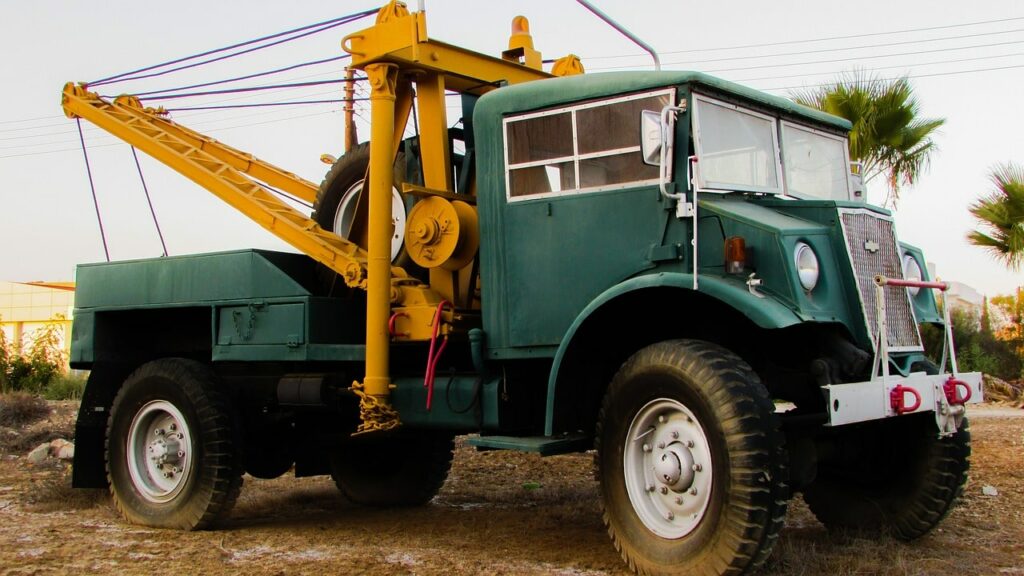
Wheel-Lift Towing: Efficient and Quick
Wheel-lift towing is another popular method used by towing services, offering efficiency and speed in certain towing scenarios. This technique involves lifting either the front or rear wheels of the towed vehicle off the ground while leaving the other wheels in contact with the road.
The primary characteristics of wheel-lift towing include the use of a specialized tow truck equipped with a hydraulic or pneumatic lifting mechanism. This mechanism is designed to grip and lift the vehicle’s wheels securely, allowing the tow truck to pull the vehicle behind it.
The process of wheel-lift towing begins with positioning the tow truck behind the vehicle to be towed. The tow truck’s lifting mechanism, often controlled by the operator from inside the truck, is then carefully aligned with either the front or rear wheels of the towed vehicle. The lifting arms or cradles are then engaged, securely holding the wheels in place. Once the wheels are properly secured, the tow truck can drive off, with the lifted wheels gliding just above the road surface.
Wheel-lift towing excels in short-distance tows and is particularly efficient in urban areas with congested traffic. Its speed and maneuverability make it well-suited for navigating tight spaces and quickly moving vehicles from one location to another.
However, there are potential concerns associated with wheel-lift towing. One notable issue is the risk of damage to low-clearance vehicles, as the lifting process may not provide enough ground clearance. In cases where the towed vehicle has a low bumper or body kit, it could scrape against the road surface, causing cosmetic or mechanical damage.
Additionally, wheel-lift towing might not be ideal for all vehicle types. It is generally more suitable for front-wheel-drive or rear-wheel-drive vehicles. All-wheel-drive or 4×4 vehicles may require extra precautions to prevent damage to their drivetrains when using wheel-lift towing.
Hook and Chain Towing: An Outdated Approach
Hook and chain towing, once a commonly used method in the towing industry, involves using chains or straps to secure the towed vehicle by its frame or axle. This method has a long history and was prevalent in the early days of towing when specialized towing equipment was limited.
In the past, hook and chain towing was popular due to its simplicity and cost-effectiveness. Towing companies could use conventional trucks and basic equipment to quickly hook up and tow vehicles without the need for specialized machinery. However, as vehicle designs evolved, and with the advent of modern towing technologies, the drawbacks of hook and chain towing became more apparent.
Today, hook and chain towing is considered outdated and less favored for several reasons:
- Potential Damage to Vehicles: One of the main concerns with hook and chain towing is the risk of causing damage to the towed vehicle. The chains or straps used in this method can rub against the vehicle’s frame or axle, leading to scratches, dents, or more severe structural damage.
- Limited Compatibility: Hook and chain towing is not suitable for all types of vehicles. It can be particularly problematic for vehicles with unibody construction, as attaching the chains or straps to the frame may cause extensive damage to the vehicle’s structural integrity.
- Safety Risks: The process of hooking and chaining a vehicle to the tow truck can be time-consuming and potentially hazardous for both the towing operators and other road users. Additionally, the chains or straps might become loose during transit, posing risks to motorists and pedestrians.
- Advancements in Towing Technology: With advancements in towing technology, safer and more efficient towing methods have emerged. Flatbed towing and wheel-lift towing, as discussed earlier, have largely replaced hook and chain towing due to their superior safety features and versatility.
Modern towing alternatives, such as flatbed towing, provide a safer and more secure means of transporting vehicles. With the entire vehicle loaded onto the flatbed, there is no direct contact between the towing equipment and the towed vehicle. This significantly reduces the risk of damage and ensures a smoother ride during transportation. Additionally, wheel-lift towing offers a more efficient and less intrusive option for short-distance tows, especially in urban areas.
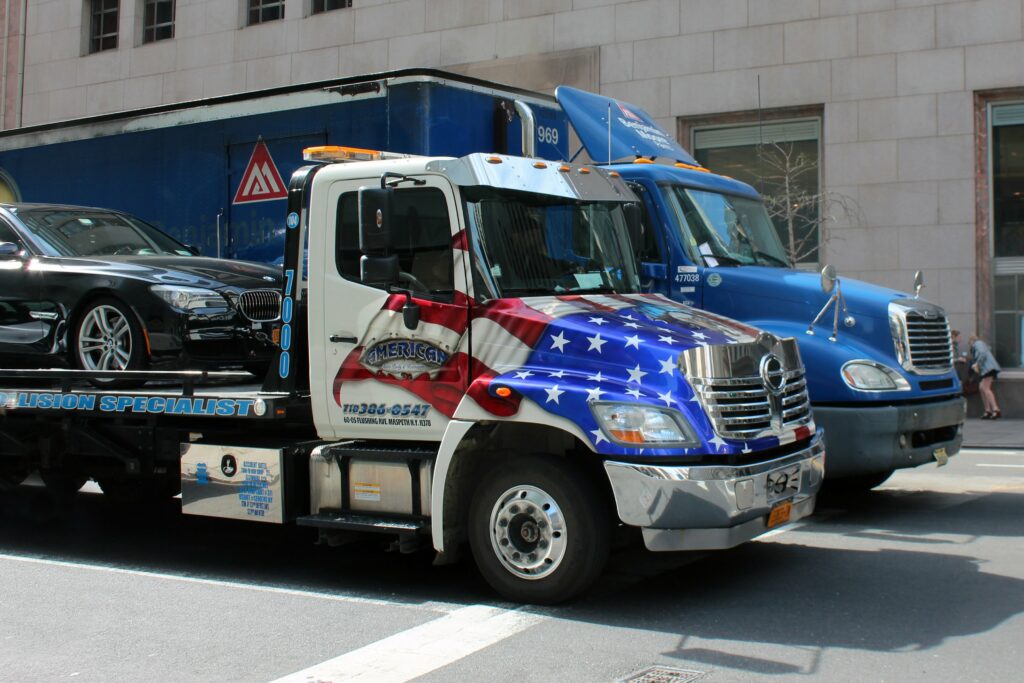
So, What are the three types of Towing?
In the world of vehicle transportation, three main types of towing methods have been explored: flatbed towing, wheel-lift towing, and hook and chain towing. Each method comes with its unique characteristics and applications, which are crucial to consider when faced with towing situations.
Flatbed towing stands out as a safe and versatile option, with its ability to securely transport various vehicle types while minimizing wear on tires and reducing the risk of damage. It proves particularly valuable for accident recovery, long-distance hauling, and transporting exotic or high-end vehicles.
Wheel-lift towing, on the other hand, offers efficiency and speed, making it an excellent choice for short-distance tows and maneuvering through urban areas. However, it’s essential to be cautious with this method, especially when dealing with low-clearance vehicles, as there may be risks of damage to the vehicle’s undercarriage.
As for hook and chain towing, it represents an outdated approach that comes with potential risks and damages to the towed vehicle. With modern advancements in towing technology, flatbed towing and wheel-lift towing have taken over, prioritizing safety and reducing the likelihood of harm during transportation.
When needing towing assistance, it is vital to select the appropriate method based on the specific circumstances and the type of vehicle involved. Understanding the differences between towing techniques empowers vehicle owners to make informed decisions, ensuring the safe and secure transport of their prized possessions.
To avoid any mishaps or further damage during the towing process, it is strongly encouraged to rely on professional towing services. Reputable tow truck operators prioritize safety, possess the expertise to choose the most suitable method, and utilize modern towing techniques.
In conclusion, whether you require towing due to a breakdown, accident, or relocation, remember the importance of selecting the right towing method for your unique situation. Trusting experienced professionals who prioritize safety and employ modern techniques will give you peace of mind throughout the towing process. By making informed decisions and relying on reputable services, you can rest assured that your vehicle will be in good hands during its journey to the desired destination.
Wondering whether employees get a discount on cars? Read it here.
Unleashing the Truth: Is Bumper as Good as Carfax in 2023?
Mastering the Mystery: Car Shakes When Starting Then Runs Fine – Your Guide to a Smooth 2023 Drive


